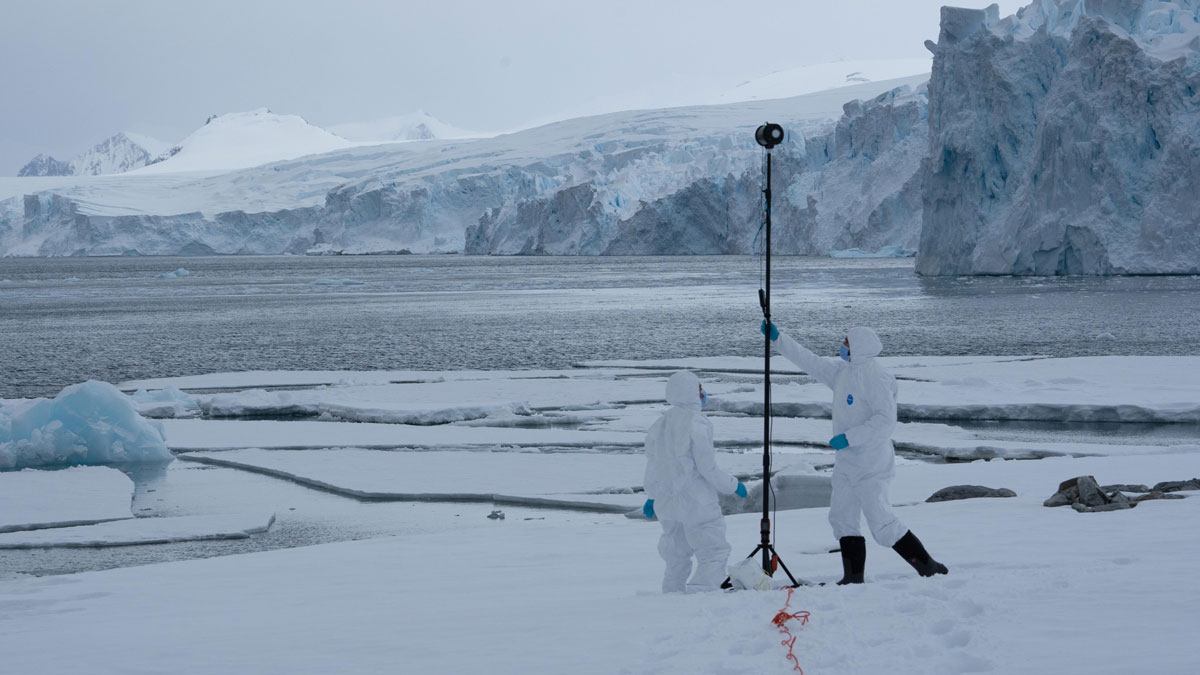Source: Journal of Geophysical Research: Biogeosciences
A translation of this article was made by Wiley. 本文由Wiley提供翻译稿。
A translation of this article was made possible by a partnership with Planeteando. Una traducción de este artículo fue posible gracias a una asociación con Planeteando.
Earth’s atmosphere transports tiny forms of cellular life, such as fungal spores, pollen, bacteria, and viruses. On their journeys, these microorganisms encounter challenging conditions such as cold temperatures, UV radiation, and a lack of nutrient availability. Previous research showed that certain microorganisms can withstand these harsh conditions and potentially reside in dormancy until being deposited in a more favorable environment. But could the atmosphere itself also be the site of an active microbial system, harboring growing, adapted, and resident microorganisms?
The study of these floating life-forms is called aerobiology, but progress in the field is difficult to make: No standardized method exists for sampling the aeromicrobiome, it’s common for microbe samples to become contaminated, and it’s challenging to replicate atmospheric conditions in a laboratory setting.
Martinez-Rabert et al. suggest that computer modeling and theoretical approaches could help to improve understanding of the aeromicrobiome. Using known information about the metabolism and bioenergetics of microbial life—especially in harsh environments—as well as the chemistry and physics of the atmosphere, specialized modeling frameworks may be able to provide insight into the aeromicrobiome.
That bottom-up modeling approach, the researchers propose, could allow them to test how changing individual elements of Earth’s atmosphere would affect the proliferation of the microbial life it contains. For instance, are microbes better suited to a “free-living” lifestyle in atmospheric gases, inside droplets, or attached to solid particles? What energy sources are available to these microorganisms? How does the acidity of atmospheric aerosols affect the ability of atmospheric microorganisms to thrive?
The group suggests that combined with data generated through sampling measurements, experiments, and observations, theoretical modeling could help researchers to assess our atmosphere’s capacity to sustain a microbial biosphere and even to learn more about how microorganisms influence the atmosphere’s chemical makeup. This work could also someday be useful for modeling how life may exist in other planetary atmospheres, the researchers say. (Journal of Geophysical Research: Biogeosciences, https://doi.org/10.1029/2025JG009071, 2025)
—Rebecca Owen (@beccapox.bsky.social), Science Writer


